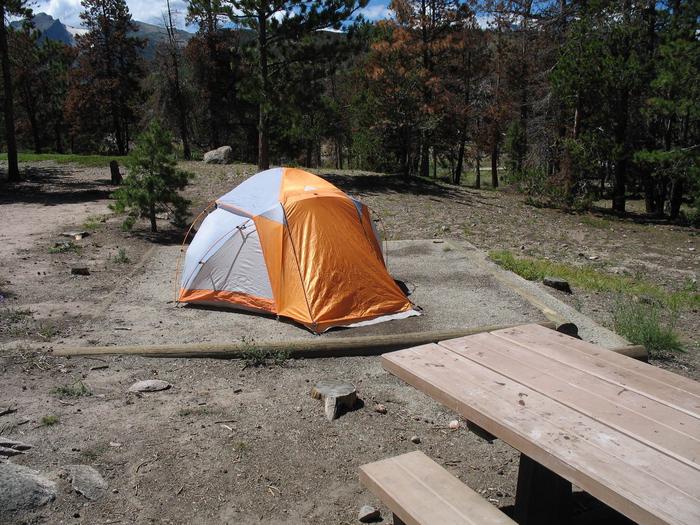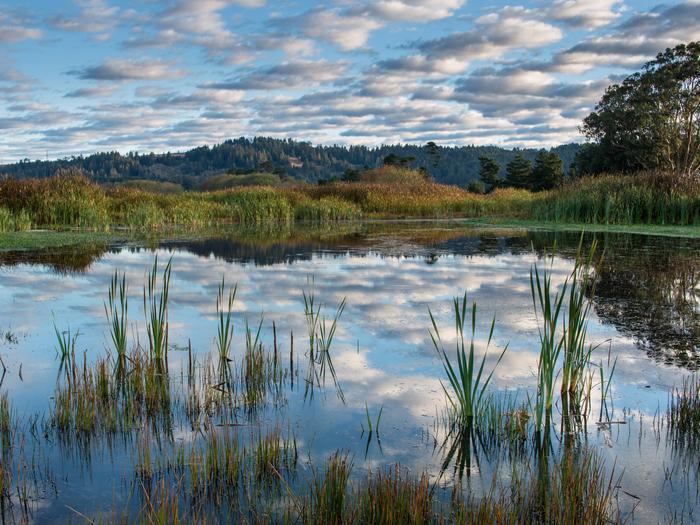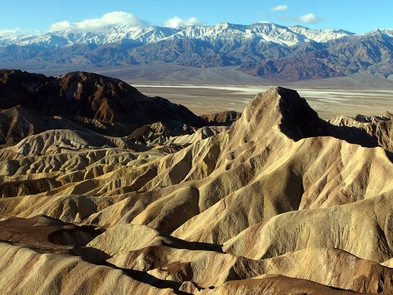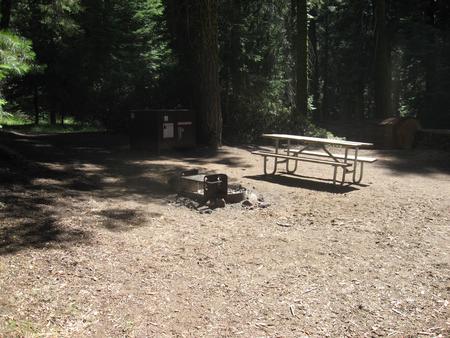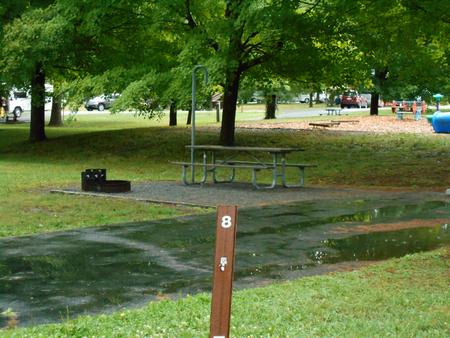Directions
Humboldt Bay Refuge consists of 10 units in and around Humboldt Bay, west of Highway 101, near the cities of Arcata and Eureka, California. Information on wildlife-oriented education and recreational opportunities (hiking, observation, boating, hunting and fishing) are available at the Richard J. Guadagno Visitor Center at the Salmon Creek Unit. To get to the refuge office and Salmon Creek Unit: about10 miles south of Eureka, take the Hookton Road Exit from Highway 101. Southbound traffic, turn right at the end of the off ramp, then immediately left onto Ranch Road; northbound traffic, take the overpass, turn right onto Ranch Road. To the Hookton Slough trailhead: drive 1.2 miles west on Hookton Road; the parking area is on the north side of Hookton Road.
Phone
707-733-5406
Activities
BOATING, INTERPRETIVE PROGRAMS, FISHING, HIKING, HUNTING, VISITOR CENTER, WILDLIFE VIEWING, ENVIRONMENTAL EDUCATION, PHOTOGRAPHY
Camping Reservations
Reserve your campsite at these camping areas:
Hiking Trails
Looking for nice hiking areas to take a hike? Choose from these scenic hiking trails:
Related Link(s)
More California Recreation Areas
Humboldt Bay National Wildlife Refuge
Humboldt Bay National Wildlife Refuge is located on Humboldt Bay, on the coast of northwestern California. The refuge exists primarily to protect and enhance wetland habitats for migratory water birds using the bay area, including tens of thousands of shorebirds, ducks, geese, swans, and black brant. During the spring, the bay’s eelgrass beds are a key staging area for brant prior to their return to Arctic nesting grounds; and the refuge grasslands provide important habitat for thousands of Aleutian cackling geese. Like many of the refuges in the system, this one was established to preserve habitats recognized to be instrumental to the perpetual survival of migratory birds and other wildlife. Humboldt Bay NWR, along with other public and private lands around Humboldt Bay, helps this area remain one of the key points for the millions of migratory birds that rely on the Pacific Flyway. More than 200 bird species, including 80 kinds of water birds and four endangered species, regularly feed, rest, or nest on the refuge or other areas around the bay. The bay provides habitat for approximately 100 species of fish, many of which contribute to sport or commercial fisheries, and provides habitat for steelhead, Coho, and Chinook salmon. The refuge also administers the Lanphere Dunes Unit and Castle Rock National Wildlife Refuge. Lanphere Dunes contains the most pristine remaining dune ecosystem in the Pacific Northwest and supports rare and representative examples of older forested dunes, young active dunes, dune swale wetlands, and coastal salt marsh. Castle Rock Refuge is a 14-acre island located less than 1 mile off the Pacific Coast near Crescent City. The island serves as the second-largest seabird nesting colony in California. Castle Rock Refuge has the largest breeding population of common murres in California. Each spring, over 20,000 Aleutian cackling geese roost on the island from late January through early April. Castle Rock Refuge also serves as a haul out for resting marine mammals including harbor seal, northern elephant seal, California sea lion, and Stellar’s sea lion.


